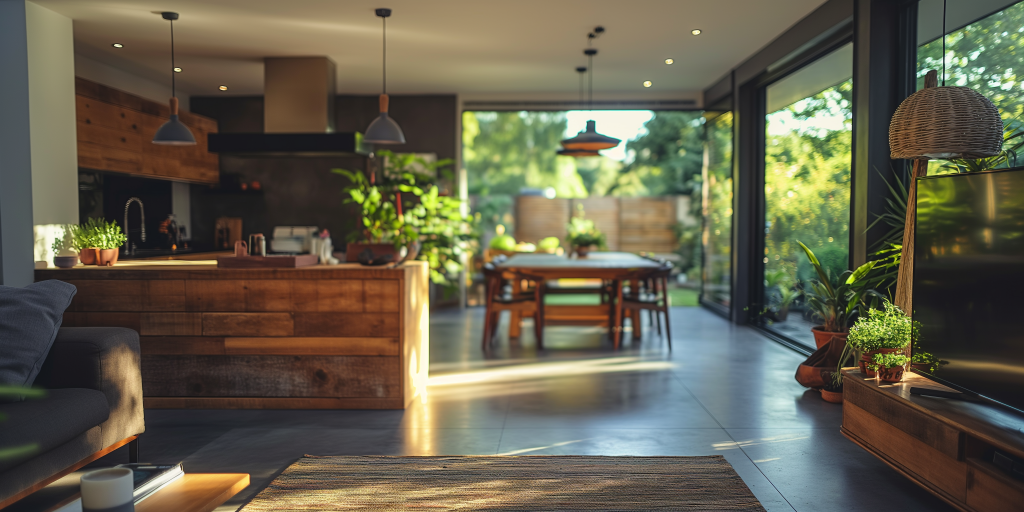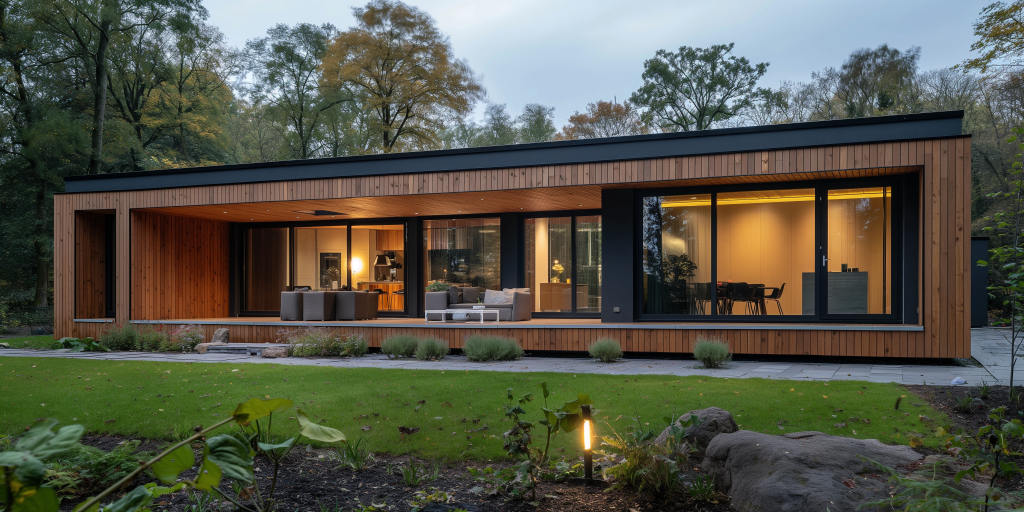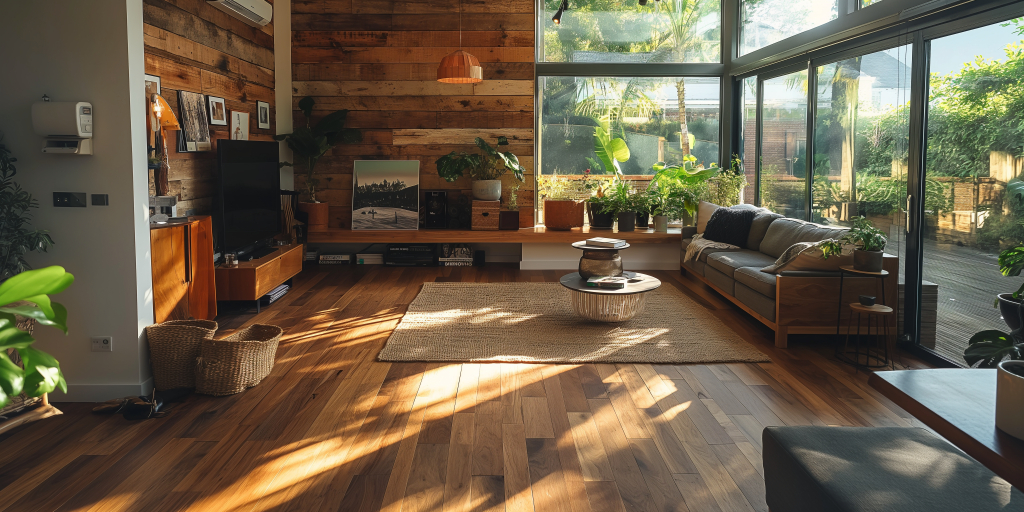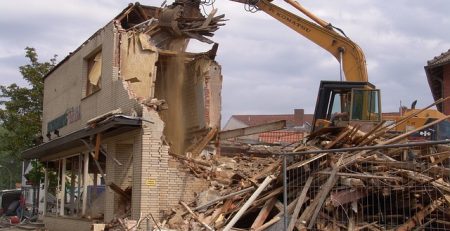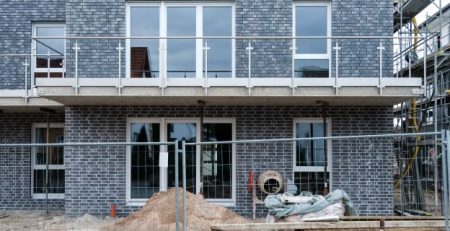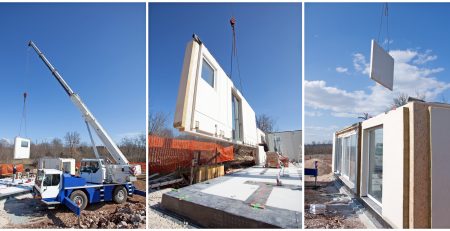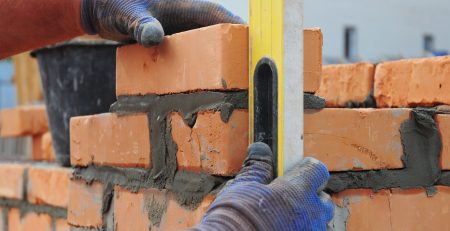Building with Reclaimed Wood: Pros and Cons You Need to Know
Building with reclaimed wood has surged in popularity, driven by growing environmental awareness and a desire for unique, character-filled materials. This in-depth exploration will expound on the advantages and challenges of using reclaimed wood in construction projects, providing a comprehensive overview for architects, builders, and homeowners alike.
Pros of Building with Reclaimed Wood:
1. Environmental Benefits:
- Sustainability: The construction industry is one of the largest consumers of natural resources. Using reclaimed wood, builders can significantly reduce the demand for new lumber. This practice helps preserve forests, protect biodiversity, and reduce carbon emissions associated with logging, transportation, and new wood processing. Reclaimed wood is inherently sustainable, promoting a circular economy where materials are reused rather than discarded.
- Reduced Waste: Millions of tons of wood waste end up in landfills each year. Reclaimed wood repurposes this waste, extending the material’s life cycle and reducing the environmental footprint of construction projects. This reduction in waste not only conserves natural resources but also diminishes the environmental impact of waste disposal.
2. Unique Aesthetic:
- Character and History: Reclaimed wood is often sourced from old barns, factories, warehouses, and historical buildings. Each piece of wood carries a story, imbued with the patina of age, use, and weathering. This history is reflected in the wood’s unique textures, grains, and colours, offering a distinct aesthetic that new wood cannot replicate. The knots, nail holes, and colour variations contribute to a rustic charm and authenticity.
- Vintage Appeal: The weathered look of reclaimed wood can evoke a sense of nostalgia and timelessness. It is ideal for creating rustic, vintage, or industrial designs currently trending in residential and commercial interiors. The rich, warm tones of aged wood can enhance the cosiness and character of any space, making it particularly appealing for feature walls, flooring, and custom furniture.
3. Durability and Strength:
- Seasoned Material: Reclaimed wood has often been naturally seasoned for years, making it exceptionally stable. Unlike new wood, which can warp or shrink as it dries out, reclaimed wood has already undergone this process, resulting in a material that is less prone to movement and deformation. This stability is especially beneficial in applications where precision and longevity are critical.
- High-Quality Wood: Much of the reclaimed wood today comes from old-growth forests. These trees grew slowly and developed dense, tight grain structures, contributing to the wood’s durability and strength. In contrast, much of the new wood on the market is harvested from younger, fast-growing trees with different densities and structural integrity.
4. Versatility:
- Various Applications: Reclaimed wood can be used in many ways, from structural elements like beams and joists to aesthetic features like panelling, flooring, and custom furniture. Its versatility allows it to be integrated into both traditional and modern design schemes, providing a wide range of creative possibilities.
- Customisability: Reclaimed wood can be cut, shaped, and finished to meet specific design requirements. Whether it’s left in its rustic, weathered state or sanded and polished to a high sheen, reclaimed wood offers flexibility in terms of finish and application.
Cons of Building with Reclaimed Wood:
1. Availability and Cost:
- Limited Supply: One of the primary challenges of using reclaimed wood is its limited availability. High-quality reclaimed wood is often sourced from specific, finite locations, such as demolished old buildings or decommissioned industrial sites. This scarcity can make it challenging to source consistent quantities of matching wood for larger projects.
- Higher Costs: The sourcing, cleaning, and preparing of reclaimed wood can be labour-intensive and time-consuming, contributing to higher costs. Additionally, the demand for reclaimed wood has increased in recent years, driving up prices. While the initial investment may be higher, the long-term benefits and unique aesthetic justify the expense.
2. Quality and Consistency:
- Variable Quality: The quality of reclaimed wood can vary widely depending on its previous use and condition. Some reclaimed wood may have been exposed to harsh environmental conditions, leading to damage or decay. It is essential to carefully inspect and select reclaimed wood to ensure it meets the requirements for the intended application.
- Hidden Defects: Reclaimed wood may contain hidden nails, screws, or other metal objects that can damage tools and pose safety hazards during processing. Additionally, the wood may have defects such as rot, insect damage, or warping that are not immediately apparent. Thorough inspection and preparation are crucial to mitigate these risks.
3. Preparation and Treatment:
- Time-Consuming: Preparing reclaimed wood for use can be labour-intensive. The wood must be cleaned, de-nailed, and sometimes re-milled to ensure it is safe and suitable for construction. This preparation process can be time-consuming and requires specialised tools and expertise.
- Necessary Treatments: To ensure reclaimed wood is safe and durable, it may need to be treated for pests, mould, or contaminants. Depending on the source of the wood, it may have been exposed to hazardous substances, such as lead paint or chemical preservatives, necessitating additional safety precautions and treatments.
4. Legal and Regulatory Issues:
- Building Codes: Some reclaimed wood may need to meet modern building codes or standards, requiring additional inspections and certifications. Ensuring compliance with local building codes is essential to avoid potential legal issues and ensure the safety and structural integrity of the project.
- Certification: Ensuring that reclaimed wood is legally sourced and certified can be an additional hurdle. Certifications such as FSC (Forest Stewardship Council) or SFI (Sustainable Forestry Initiative) can provide assurance that the wood has been responsibly sourced and processed.
Final Thoughts
Building with reclaimed wood offers numerous benefits, including environmental sustainability, unique aesthetics, and potential durability. However, it also presents challenges such as limited availability, higher costs, variable quality, and the need for extensive preparation. Careful consideration of these factors can help determine if reclaimed wood is the right choice for your construction project.
Reclaimed wood’s ability to merge history with modern sustainability practices makes it a valuable material for those seeking to create environmentally responsible and visually striking spaces. Its unique character and story add depth and authenticity to any design, making it a favoured choice for architects and designers committed to both beauty and sustainability.
By understanding the pros and cons of building with reclaimed wood, builders and homeowners can make informed decisions that balance aesthetic appeal, environmental impact, and practical considerations. As the construction industry continues to evolve towards more sustainable practices, reclaimed wood stands out as a material that honours the past while paving the way for a greener future.


